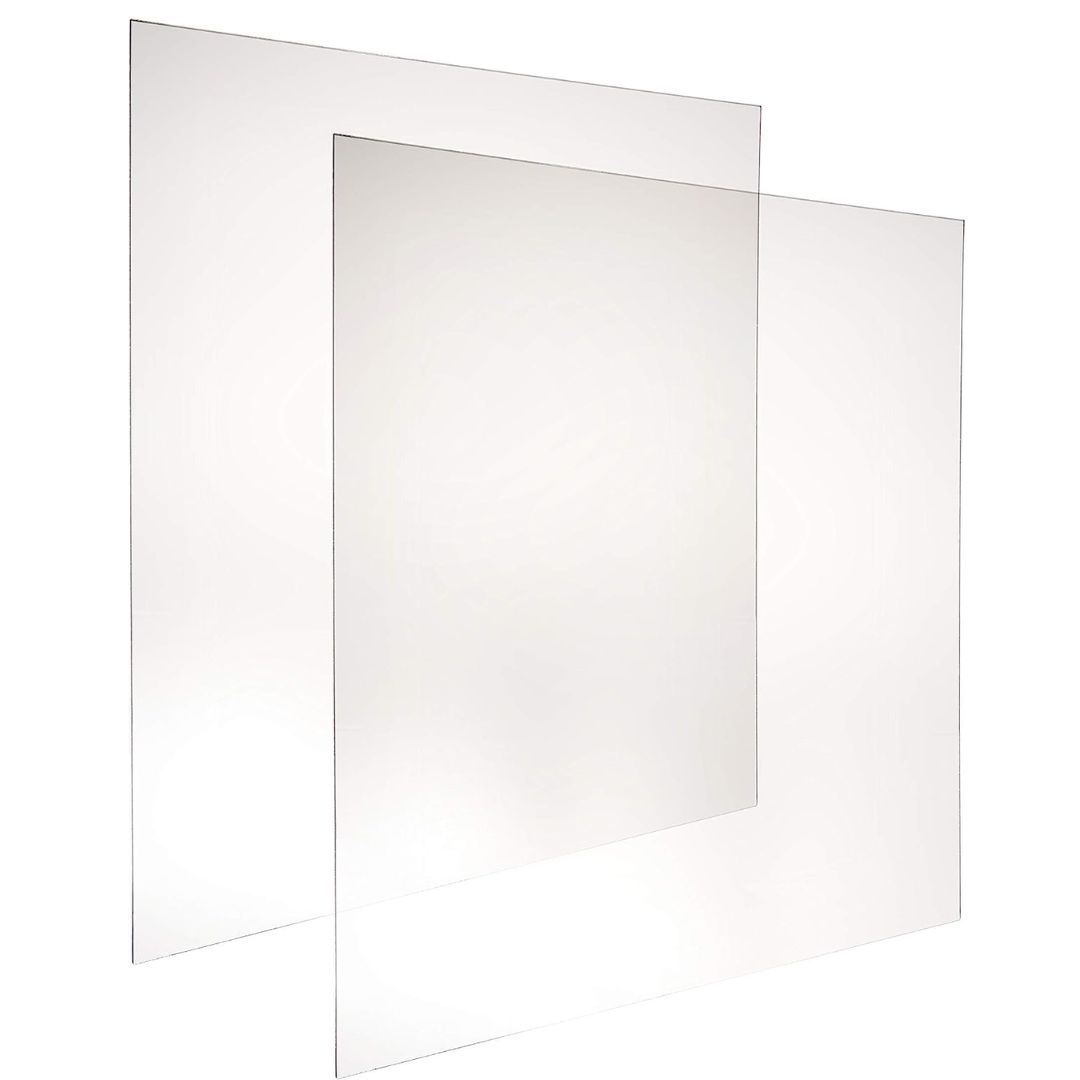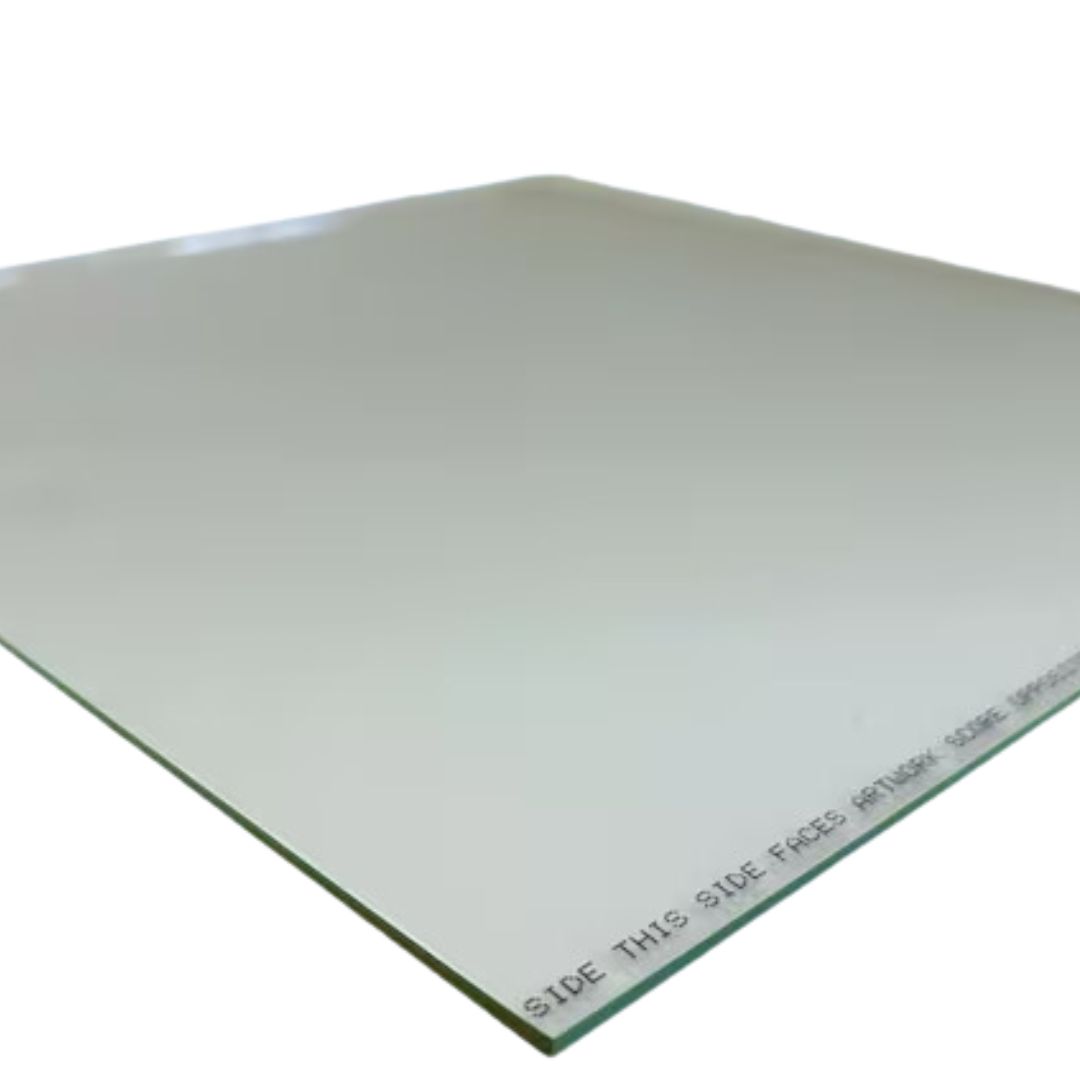4 types of glass to frame your art that not only protect it, but make it looks a million times better
Choosing the right glass to frame your artworks will make your masterpieces look amazing, and stay like that for longer


Have the most stunning artworks but are unsure of how to frame them? The glass you choose can have a big impact on not just how the artwork looks but also its longevity. This is, therefore, a decision that needs some consideration.
'One component of interior design that can be quite daunting is the art of framing,' says Marie Flanigan, founder of Marie Flanigan Interiors. 'Frames are the jewelry of artwork and the type of glass used is an important part of the process.'
Largely, there are various glass types and they each have their unique properties. Here are some of the most popular types of picture-framing glass that are ideal for your living room wall decor. Read along as our experts offer crucial advice.
1. UV-protective glass

For an elegant living room wall decor, consider the UV-protective glass that provides crystal clear color transmission and an almost invisible, anti-reflective surface. This means, it allows the artwork to look as clear as possible, while also filtering up to 70% of UV rays.
'When you utilize glass for traditional framing, it provides clarity and looks higher-end,' says Victoria Holly, principal and founder of Victoria Holly Interiors. 'If you’re framing valuable artwork, I always utilize UV-protective glass to safeguard artwork from fading or bubbling. Regular glass allows UV rays to pass through and fade the art over time.'
2. Museum-quality or conservation glass

Museum-quality glass, as the name suggests, is the type of high-quality glass used in exhibitions and museums. It's an anti-reflection picture framing glass ideal for art, photographs, and other important personal keepsakes. It is nearly invisible in its finish and can block up to 99% of harmful indoor and outdoor UV light rays.
Conservation glass, on the other hand, can enhance the beauty of the artwork, and help create an elegant living room vibe. The glass has a matte-like finish that scatters light to minimize unwanted glare.
The Livingetc newsletters are your inside source for what’s shaping interiors now - and what’s next. Discover trend forecasts, smart style ideas, and curated shopping inspiration that brings design to life. Subscribe today and stay ahead of the curve.
'For more precious pieces, I will use museum- or conservation-quality glass,' says Marie Flanigan. 'This ensures that the artwork you’ve invested in will stand the test of time. Museum-quality glass protects the artwork from fading and is anti-reflective while conservation glass will keep your pieces protected, but will show reflection. When I’m framing pieces that are slightly less sentimental, I’ll simply choose standard glass.'
3. Anti-reflective glass

'Anti-reflective glass is another option that reduces glare and reflections,' says Victoria. 'It’s a great option for artwork that’s displayed in areas with strong sunlight or artificial light to minimize distractions.'
The glass, made of the perfect anti-reflective coating eliminates reflection in the glass and allows you to enjoy the finer details of the art. This type of glass, however, filters only up to 78% of UV rays, so it's not the best option for really expensive art or a living room gallery wall of important family portraits.
4. Acrylic

While a lot of homeowners may feel a bit unsure of using acrylic instead of glass for their expensive artworks, in reality, this is more flexible than glass and can safeguard the work for a long time.
'I typically recommend acrylic for large pieces that are in areas with a higher chance of breaking or near areas where children may frequent,' says Eddie Maestri, principal architect and owner of Maestri Studio. 'Acrylic is also great if you move a lot to prevent damage in transit.' If you also are in the habit of redesigning your modern living room once a year, a safe option is acrylic for your paintings as it is lighter than glass and easy to move around.
3 glass frames to buy for artworks

Aditi Sharma Maheshwari started her career at The Address (The Times of India), a tabloid on interiors and art. She wrote profiles of Indian artists, designers, and architects, and covered inspiring houses and commercial properties. After four years, she moved to ELLE DECOR as a senior features writer, where she contributed to the magazine and website, and also worked alongside the events team on India Design ID — the brand’s 10-day, annual design show. She wrote across topics: from designer interviews, and house tours, to new product launches, shopping pages, and reviews. After three years, she was hired as the senior editor at Houzz. The website content focused on practical advice on decorating the home and making design feel more approachable. She created fresh series on budget buys, design hacks, and DIYs, all backed with expert advice. Equipped with sizable knowledge of the industry and with a good network, she moved to Architectural Digest (Conde Nast) as the digital editor. The publication's focus was on high-end design, and her content highlighted A-listers, starchitects, and high-concept products, all customized for an audience that loves and invests in luxury. After a two-year stint, she moved to the UK and was hired at Livingetc as a design editor. She now freelances for a variety of interiors publications.


